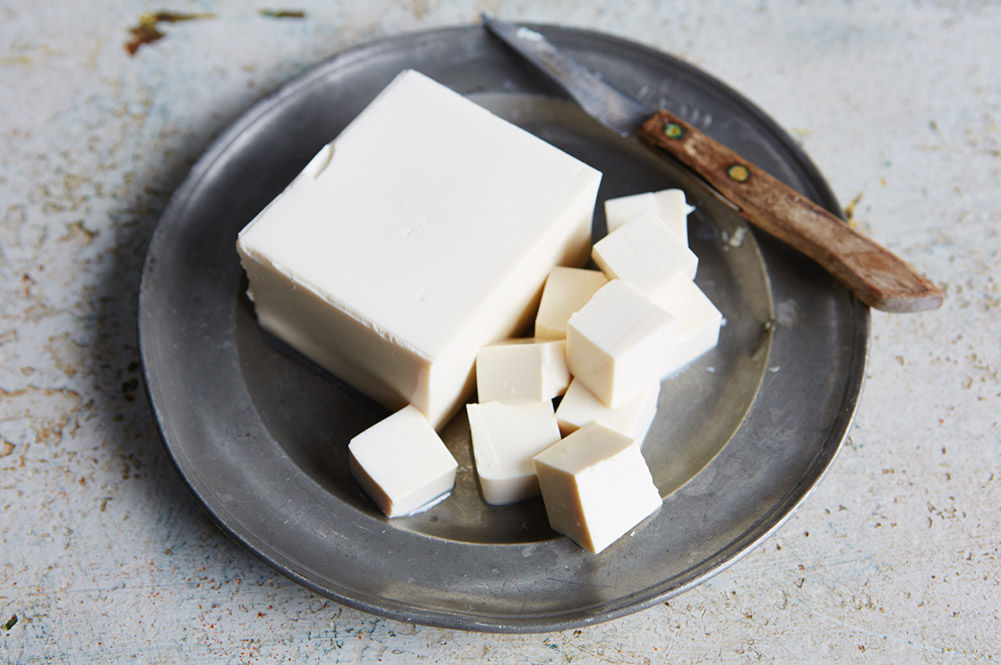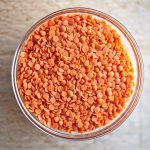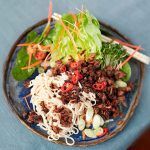Maintaining a balanced diet is very important, but equally so is our diet remaining interesting. As a nutritionist, I’m often thinking about different ways of mixing up my sources of fibre, calcium, and especially protein.
Protein is essential for the growth and repair of muscles and foods from the protein group include meat and fish as well as beans and lentils. I aim to eat at least one portion each of oily and white fish each week, and up to two days each week of red (e.g. beef or lamb) and white meat (e.g. chicken). The remaining three days of the week I typically devote to meat-free meals – these must still include other protein sources, however, and for this I look to beans, lentils, eggs, seeds, nuts, and tofu.
Tofu is fantastic stuff – a good protein source whether you’re a meat-eater or not, as it’s primarily made from water and soya beans, and also one of the best blank-slate ingredients out there – meaning it can suck up flavour and take on different textures like nothing else..
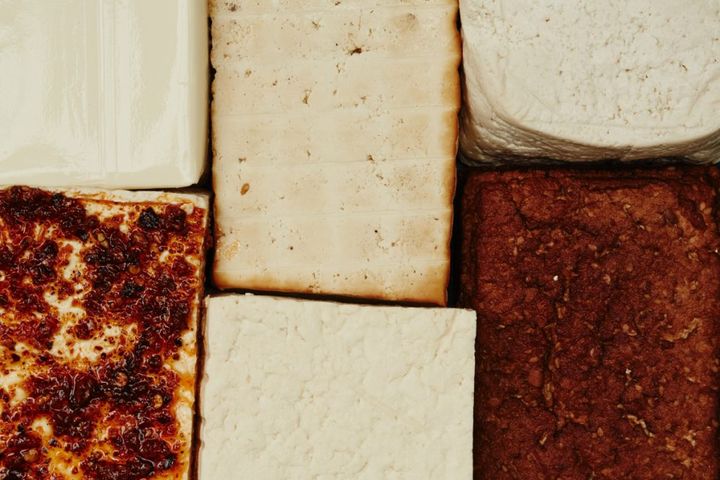
Nutritionally, tofu is not only a great source of protein, at 8.5g of protein per 100g, but it’s also low in saturated fat at 0.8g per 100g. To put that into perspective; an average woman between the ages of 19 and 50 requires around 45g of protein per day and no more than 20g of saturated fat each day.
Flavour-wise, tofu isn’t much to speak of on its own, but it’s a behemoth when used in recipes that feature strong herbs or spices. Tofu is available in different grades of texture, from firm to silken. Firm tofu works especially well in stir-fries and curries, as it holds its texture together well. This beautiful bun cha recipe from Jamie magazine uses tofu alongside red chilli, soy sauce and sesame oil to really give the tofu a boost of flavour!
The soft, silken tofu is best used in dips, smoothies and desserts, however, as it can be blitzed in a blender easily to create a creamy texture. This recipe for vegan chocolate pots really makes tofu the centre of attention. They are also quite high in saturated fat, so should be eaten occasionally as a treat!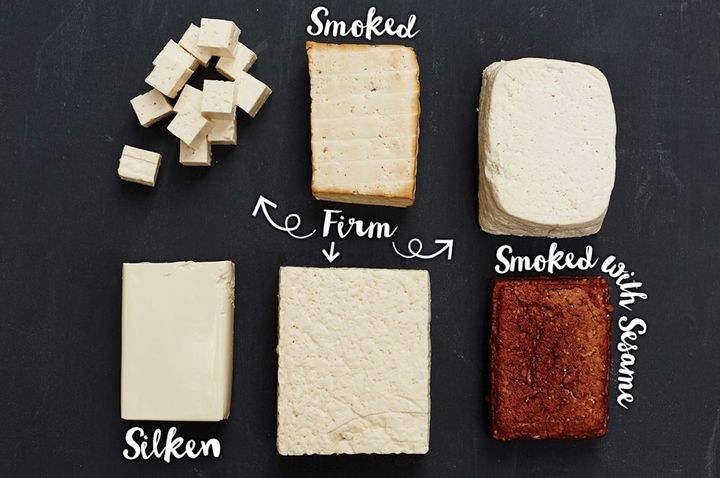
Silken tofu is also a key ingredient in a proper Japanese miso soup – probably one of the easiest and most restorative comfort foods in the world.In fact, soy bean-based products such as tofu, miso and soy milk are common in Eastern Asian diets and there’s mixed evidence around the benefits and detrimental effects in the diet. Soy contains the chemical isoflavone, and some cancers (e.g. breast) may be linked with high levels of this chemical. However a study of over 49,000 people in the BJOG, an International Journal of Obstetrics and Gynaecology in Japan in 2014 showed that there was no evidence of a risk to endometrial (womb) cancer from consumption of soy food. Further large diverse studies are necessary to confirm these results.
Tofu also provides a selection of micronutrients such as copper, manganese, thiamine (vitamin B1) and pyridoxine (vitamin B6). Manganese makes and activates some of the enzymes in the body and the B vitamins, B1 and B6 are responsible for the release of energy from carbohydrates and the metabolism of amino acids (building blocks of protein) respectively.
So, whether you’re a meat eater or not, tofu is a great ingredient to include in one’s diet, as it’s such a versatile and nutritious food. Jamie’s old friend Pete has even written about how he fell in love with it, if you’re struggling!
